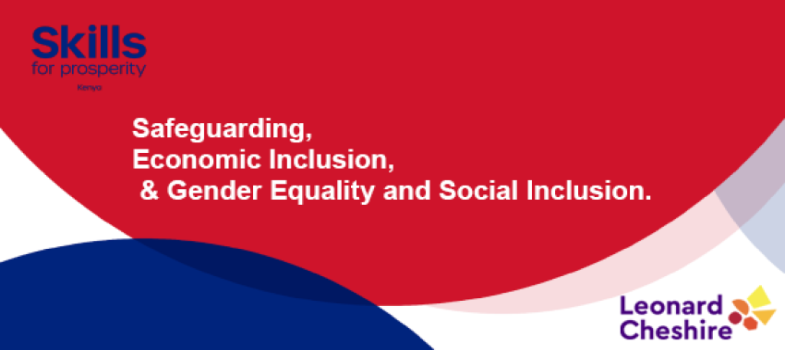3.3.7. Common risks exposure areas
- Language used in the learning materials or in communication. Does it respect and dignify women, persons with disabilities and other vulnerable persons?
- Accessibility of the institution: Are the tools, technologies, workspace, communications, services, and buildings, etc accessible to all persons? If reasonable accommodation measures are needed, is the institution able to provide them without undue delays? When digital platforms are used, do you provide additional safeguarding briefing to target persons?
- Stories and images usage in communications and fundraising: Was informed consent provided when they were collected? Do these stories present potential risks of harm to the data subject or reinforce negative stereotypes?
- Persons: What personal risks is one likely to face in the institution e.g harassment, gender-based violence, etc? Are there persons with disabilities in the institution or other vulnerable groups? Students from the low economic background are more vulnerable to abuse due to their economic status or other factors. What opportunities are there for direct contact with the learners? Do you recruit third parties to work with these learners?
- Programmes: What kind of programmes does the institution offer? Do they present specific risks to the person such as "backlash" or resistance due to involvement? How do you increase the opportunities for participation for the groups likely to be excluded? For instance, is working or targeting women, and persons with disability in programmes likely to increase tensions with other groups? Are the locations where these programmes are taking place posing additional safeguarding risks to the target groups?
- Information and Awareness: How are people made aware of policy changes or safeguarding developments in the institutions? Are you reaching everyone or are there groups excluded due to the approach that was used to communicate this message?

| Previous | Next |






